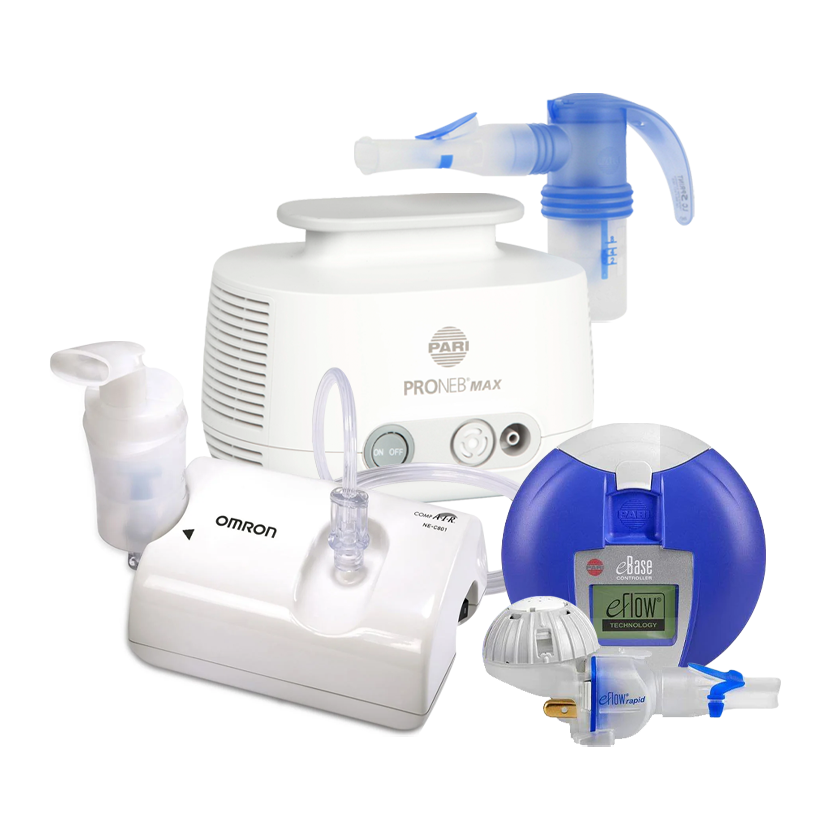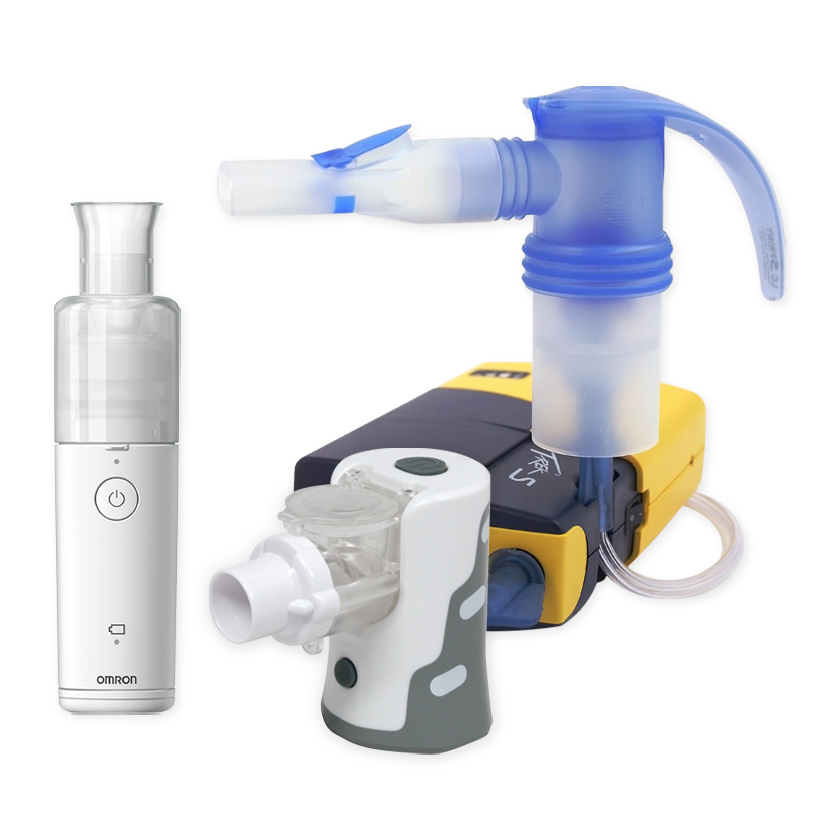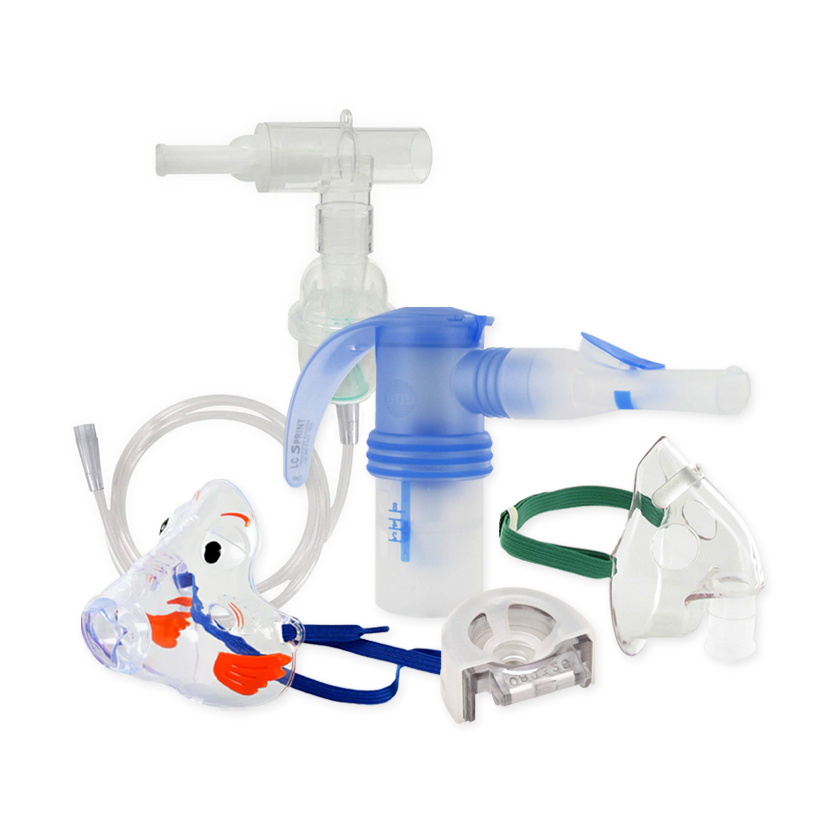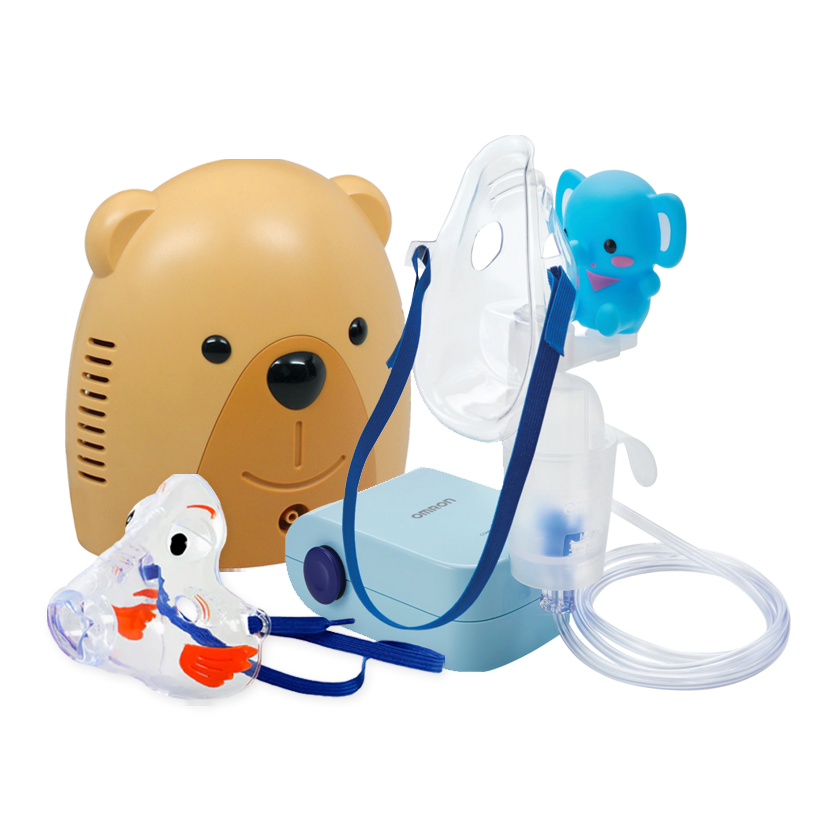Your Cart is Empty
Free Shipping on all orders over $75!
Menu

Free Shipping on all orders over $75!
Nebulizer Systems
Travel Nebulizers
Nebulizer Accessories
Just For Kids
Oxygen Supplies
Using Oximeters to Prevent Asthma Attacks
March 27, 2013 1 min read
Recently, we began selling oximeters. What do they have to do with your respiratory health?
Oximeters indirectly measure the oxygen levels in your blood and can be an important indicator of how well your respiratory treatment is going. Normal levels (Sp02) generally range between 90 – 100 depending upon your age and preexisting respiratory conditions. 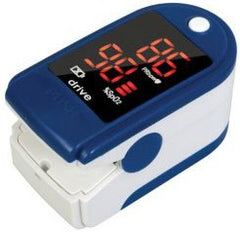 Less than that and you may need to see a doctor. Knowing your own “normal” reading, and then monitoring to see how it may go down or up may help you manage your condition.
Less than that and you may need to see a doctor. Knowing your own “normal” reading, and then monitoring to see how it may go down or up may help you manage your condition.
One use for oximeters is preventing asthma attacks. A recent study by the Darvish Health Clinic took 100 asthmatics and split them into two groups. 50 were given an oximeter. The other 50 were not. Those with the oximeter were instructed to take supplemental oxygen anytime their oxygen level fell below normal. After a few months of recording and monitoring data, the clinic concluded that those with the oximeter “experienced significantly less cases of… [asthma] attacks.”
Oximeters work by shining red and infrared light through a translucent part of a user’s body, usually the fingertip. How much your body absorbs of these two wavelengths depends on how oxygenated your blood is. By measuring how much of the light gets through, oximeters can calculate your blood’s oxygen levels. Since the oximeter is attached to your fingertip, it’s able to ensure accurate readings by taking your pulse and blood circulation speed into account.
So if you have trouble with asthma attacks, or if you’re an athlete and need to make sure your oxygen levels are high enough, consider using an oximeter.
Subscribe
Sign up to get the latest on sales, new releases and more …
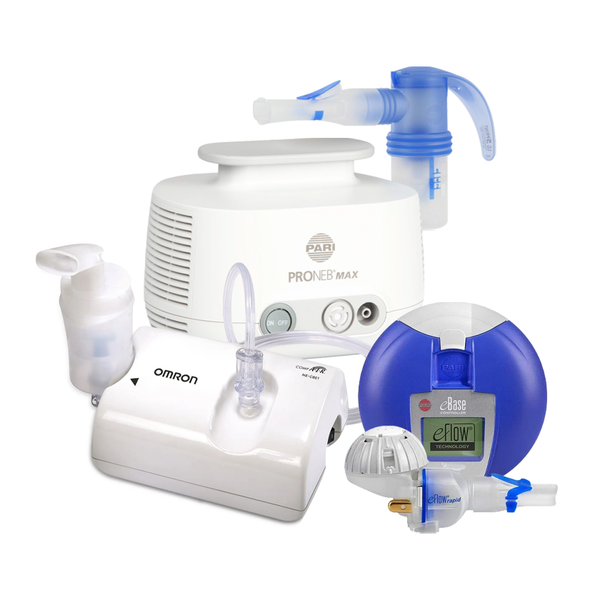
NEW CUSTOMERS SAVE $5 OFF YOUR FIRST PURCHASE OF $20 OR MORE
Code will be sent to email entered if applicable
SIGN UP FOR FUTURE SALES, NEW PRODUCTS AND ANNOUNCEMENTS
{"themeColor":"#061f77","iconColor":"#061f77","showLogo":true,"topBottomPosition":0,"rightLeftPosition":5,"iconSize":"large","iconCustomSize":64,"position":"middle-right"}
